
E-mail: font@focusonnature.com
Phone: Toll-free in USA 1-888-721-3555
or 302/529-1876
 |
PO Box 9021,
Wilmington, DE 19809, USA E-mail: font@focusonnature.com Phone: Toll-free in USA 1-888-721-3555 or 302/529-1876 |
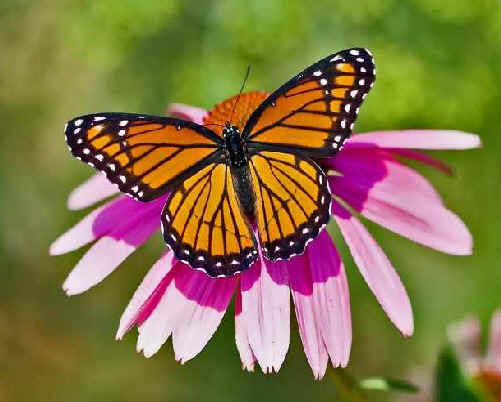
Butterflies
in TEXAS
including those during
Focus On Nature Tours
This List of Texas Butterflies
compiled by Armas Hill
IN TEXAS, MORE BUTTERFLY
SPECIES HAVE BEEN RECORDED THAN IN ANY OTHER U.S. STATE.
429 species are in the following list.
Upper right photo: not a MONARCH, but a VICEROY
Codes relating to illustrations in
various books:
Numbers noted as (PE:xx) refer to plates in the
"Peterson Field Guide to Eastern Butterflies", by Paul Opler & Vichai Malikul,
1998 edition.
Those noted as (PEp:xx) refer to a page with a
photograph.
Numbers noted as (PW:xx) refer to plates in the
"Peterson Field Guide to Western Butterflies", by Paul Opler & illustrated by Amy Bartlett Wright, 1999 edition.
Those noted as (PWp:xx) refer to a page with a photograph.
Numbers noted as (K:xx)
refer to pages in the
"Kaufman Focus Guide to Butterflies of North America", by Jim Brock & Kenn
Kaufman
Numbers noted as (RG:xx) refer to pages with photos in
"Butterflies of the Lower Rio
Grande Valley", by Roland Wauer.
Another good book, relating to Butterflies in Texas is:
"Butterflies of Houston & Southeast Texas", by John & Gloria
Tveten.
Additional Codes:
(i/E): introduced from Europe
(In LRGV:): in the Lower Rio Grande Valley
(ph): species with a photo in the FONT website
THOSE BUTTERFLIES NOTED WITH AN (*) SEEN DURING FONT TEXAS TOURS
Links families of butterflies in the
following List:
Swallowtails Whites & Sulphurs
Gossamer-wings
Includes: Harvester, Coppers, Hairstreaks,
Blues
Metalmarks
Brushfoots
Includes: Snout, Longwings, Crescents, Checkerspots, Patches, Anglewings, Ladies, Buckeyes, Admirals, Crackers, Daggerwings, Leaf Butterflies, Hackberry Butterflies, Royalty, Clearwings
Skippers
Additional Links:
Upcoming FONT Birding & Nature Tours in Texas
A List & Photo Gallery of Texas Birds, in 2 parts:
Part #1: Quails to Becard Part #2: Flycatchers to Buntings
A List of Texas Mammals (with some photos)
A List of Texas Dragonflies & Damselflies (with some photos)
A List of Texas Reptiles & Amphibians (with some photos)
Alphabetical Directory of Butterflies by Genus with Photos in the FONT Website
A Directory of Photos in this Website
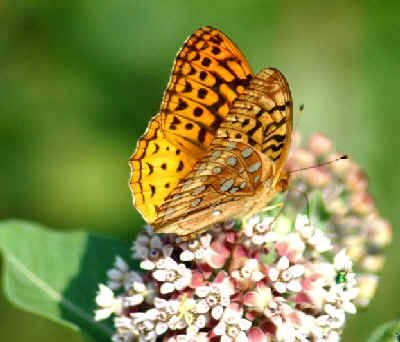
A Variegated Fritillary
List of Butterflies:
Family PAPILIONIDAE:
SWALLOWTAILS
Genus
PARIDES:
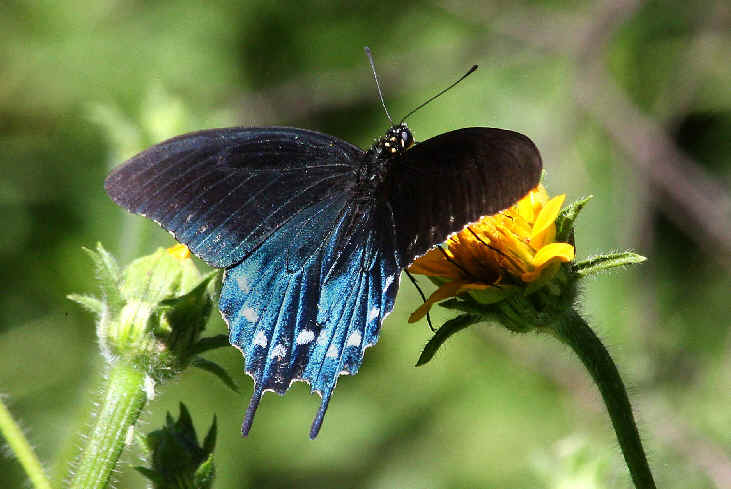
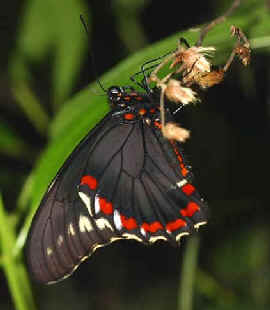
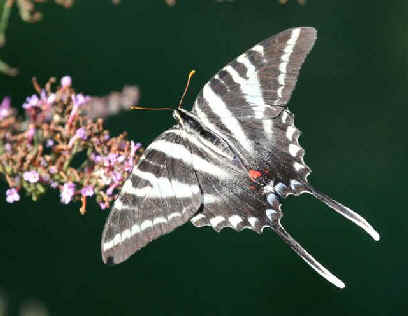
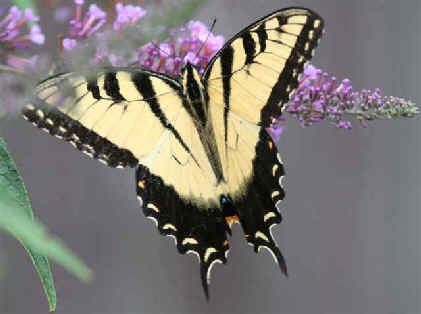

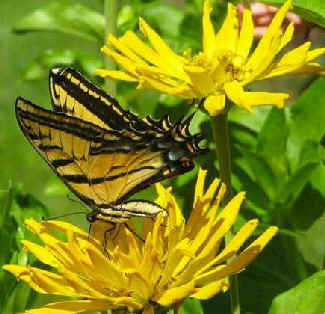

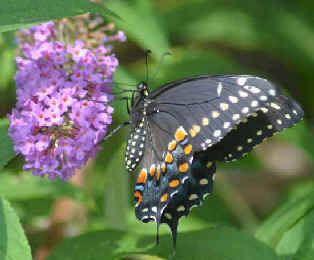
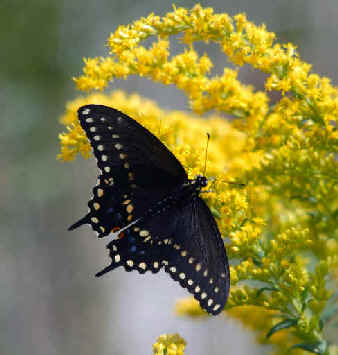
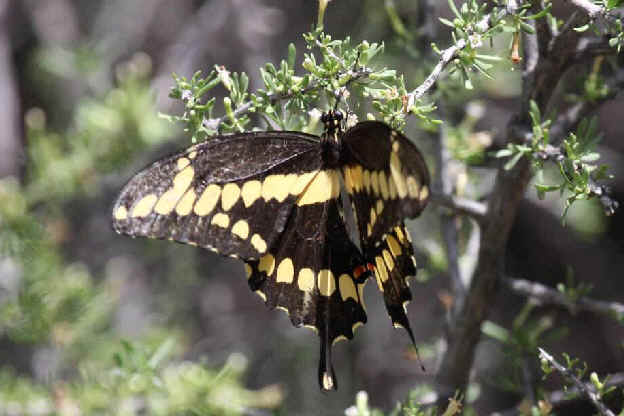



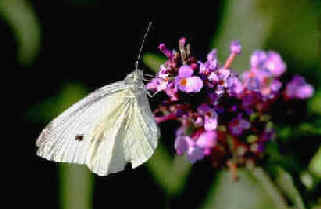

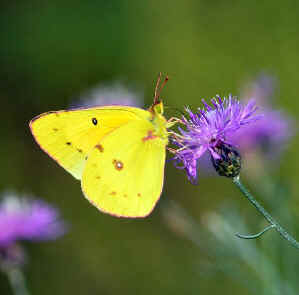
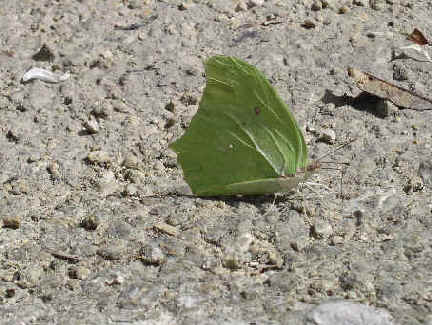
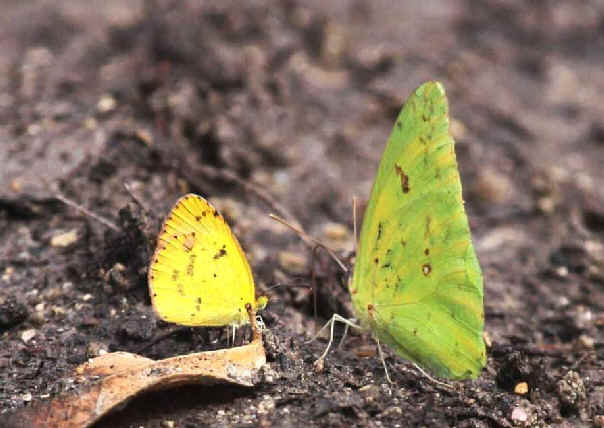
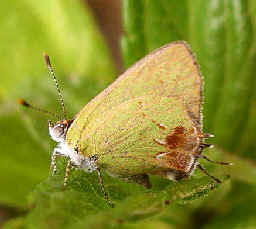
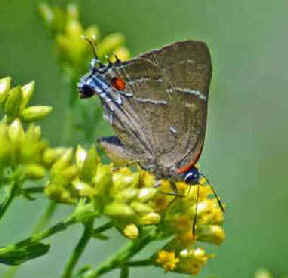



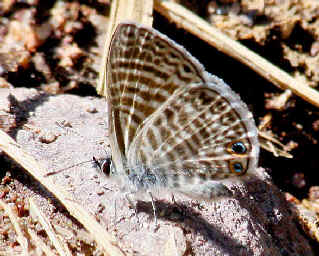
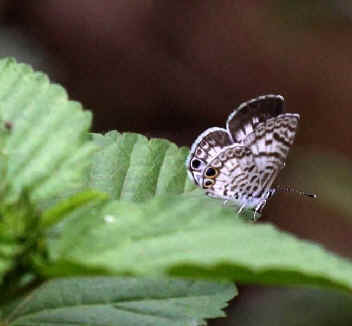
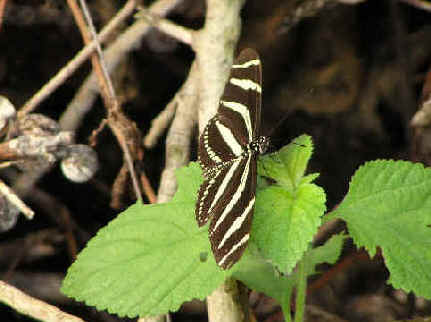
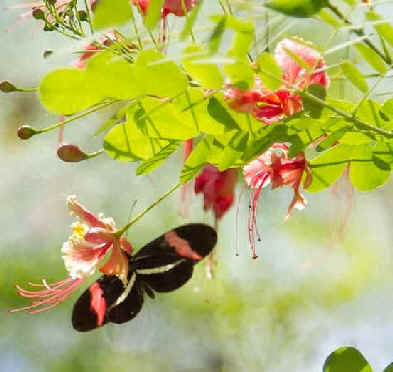
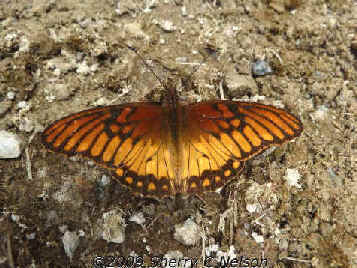
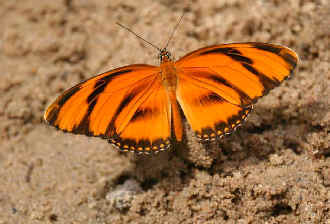
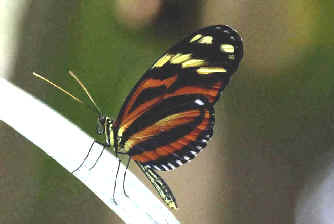
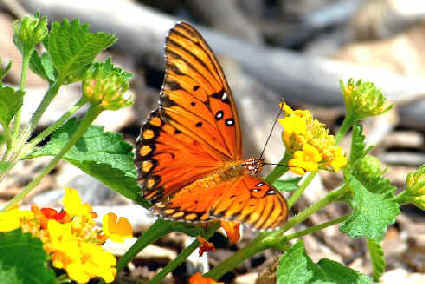
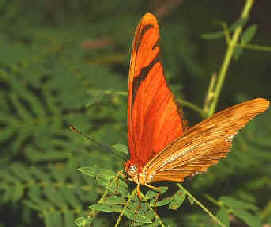
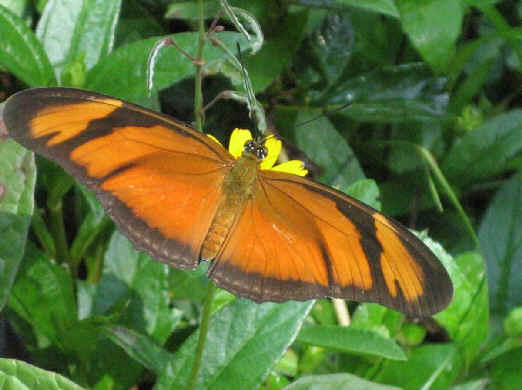



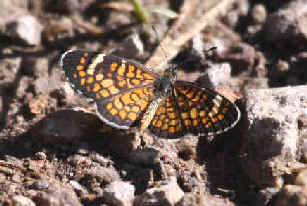


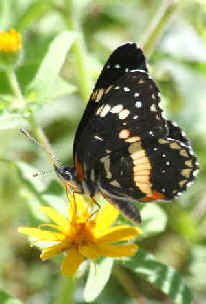
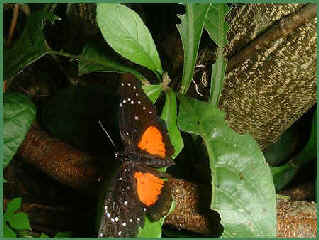
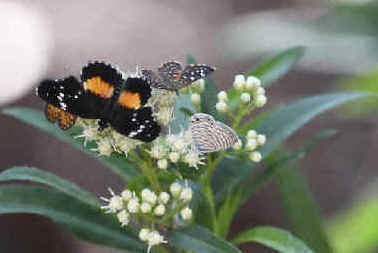
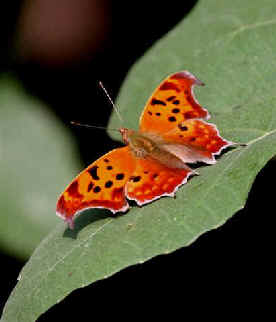

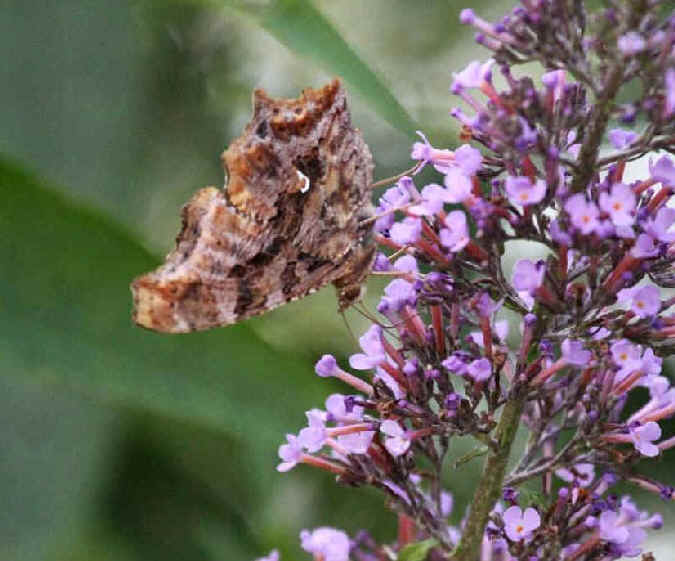
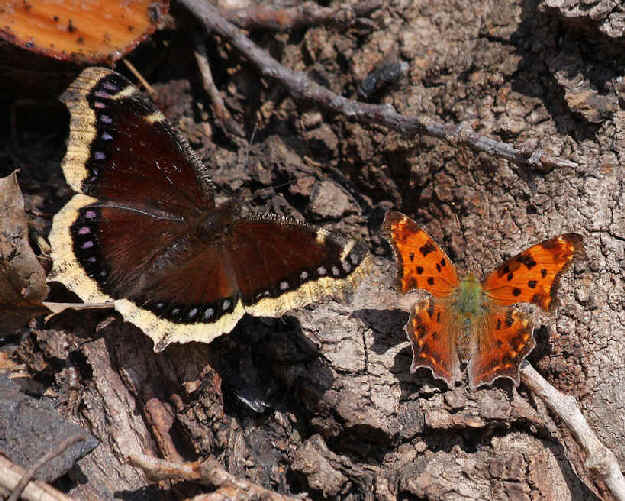
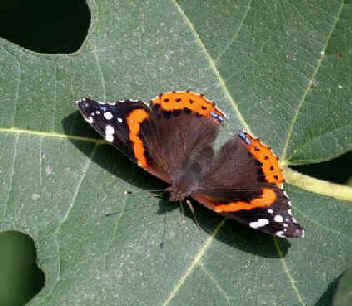
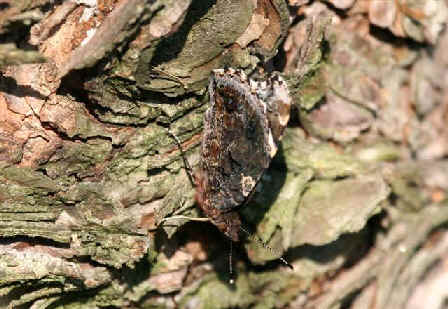
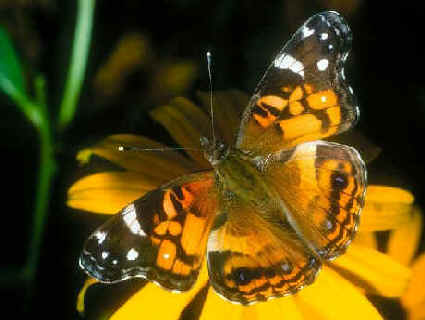
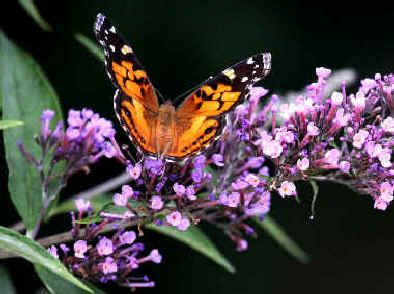
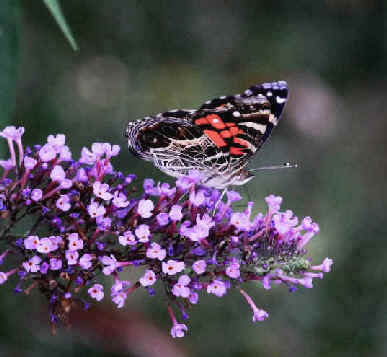
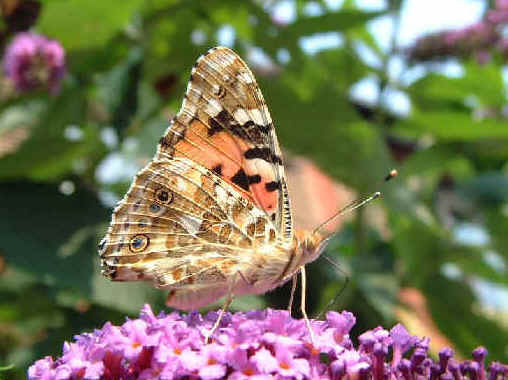
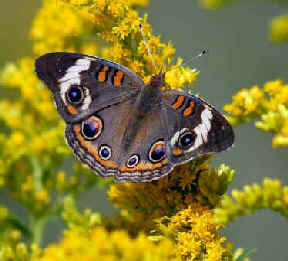
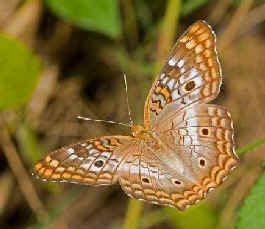

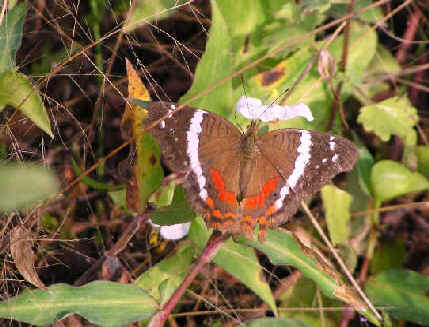
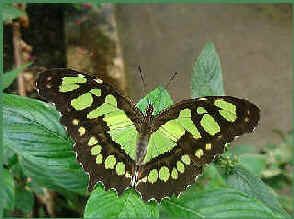
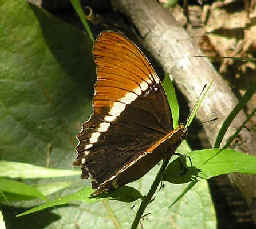
Red-spotted Purple
(ph) ______ (PE:24)(PW:30)
(K:211) (RG:164,165)
Limenitis arthemis astyanax (conspecific with more-northerly White
Admiral)
(In LRGV: very rare, with a single November record. This lone record was of
the western subspecies, Limenitis arthemis arizonensis.)
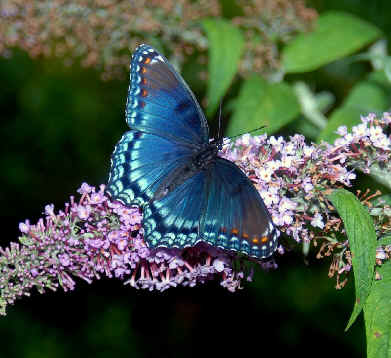

Two photos above of Red-spotted Purples
(photos by Howard Eskin)
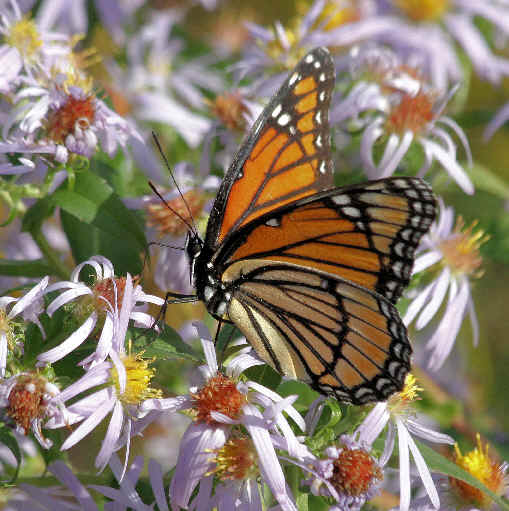
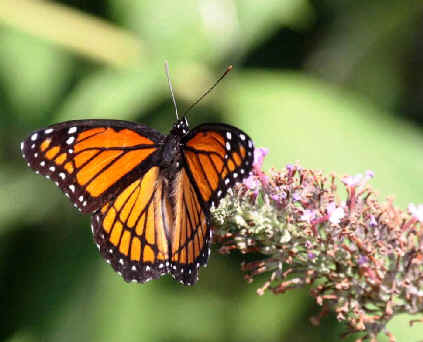

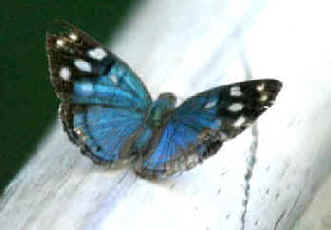
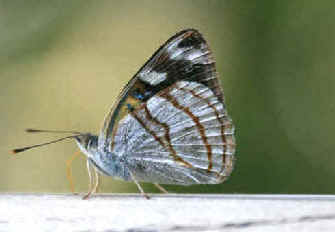
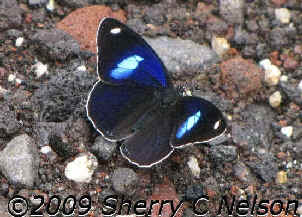
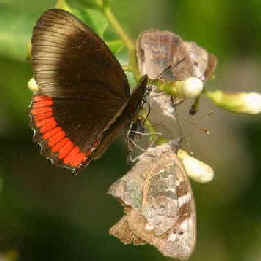
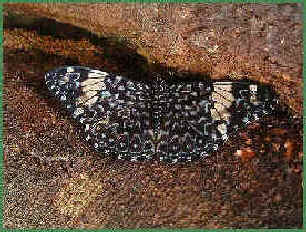
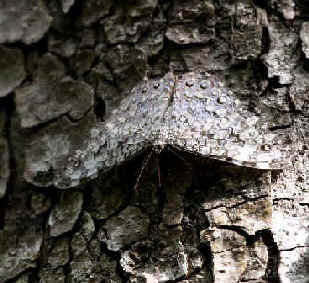
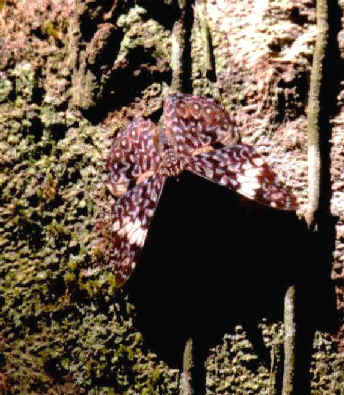
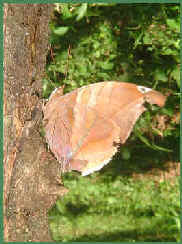

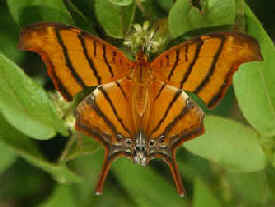
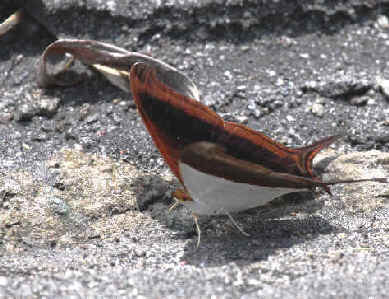
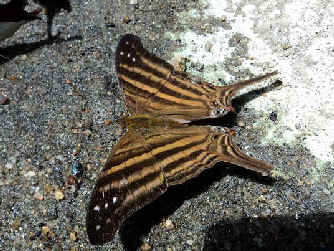
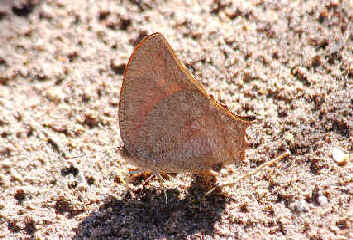
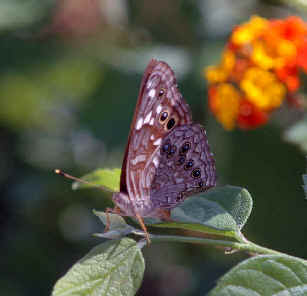
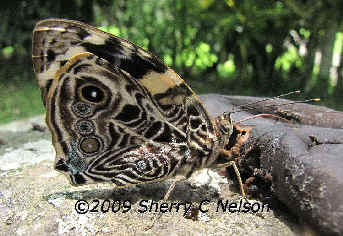


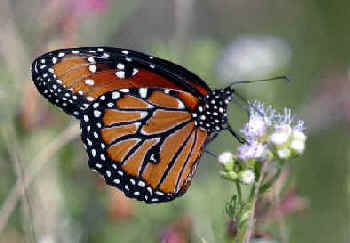
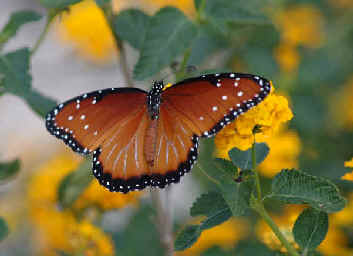
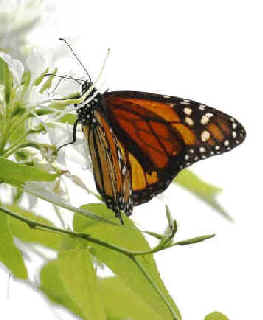
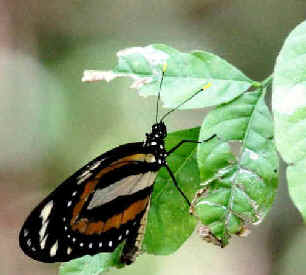
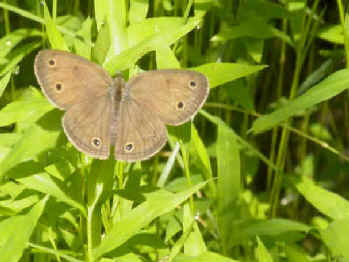
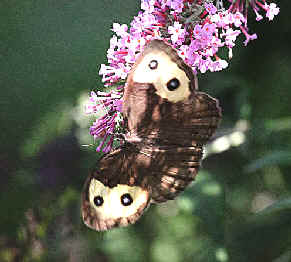

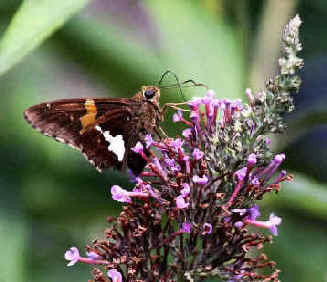


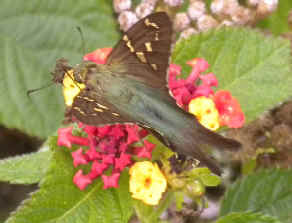

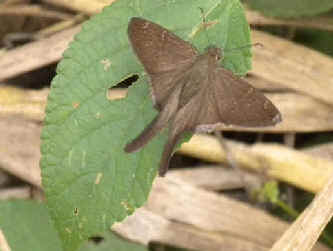
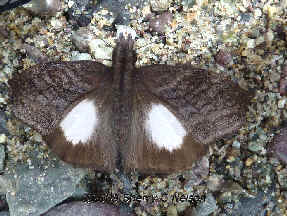
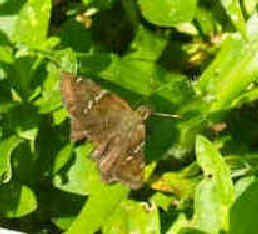
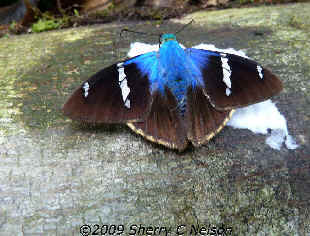
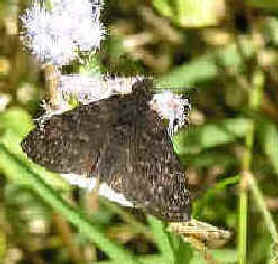
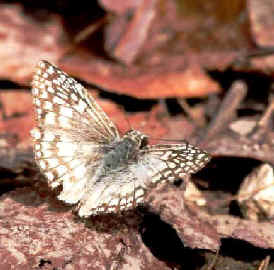
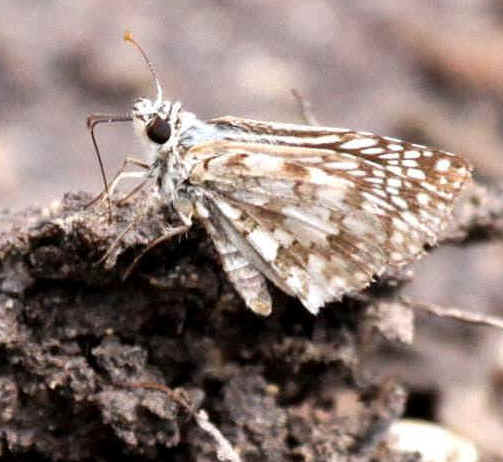
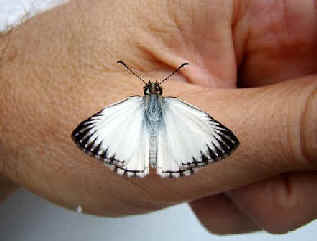
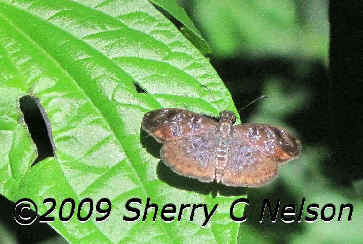


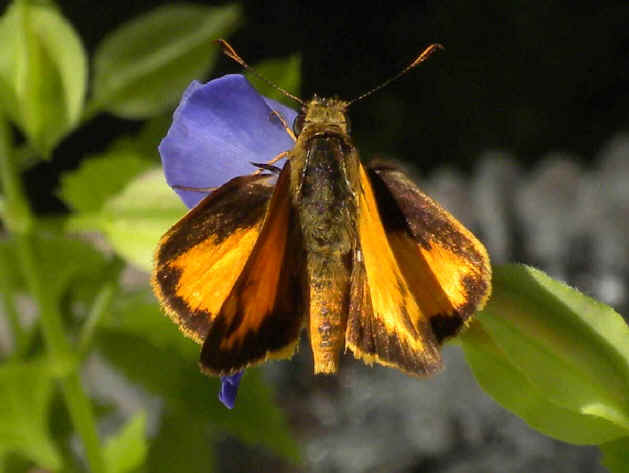
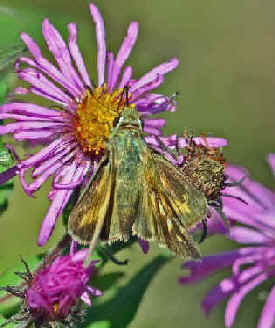
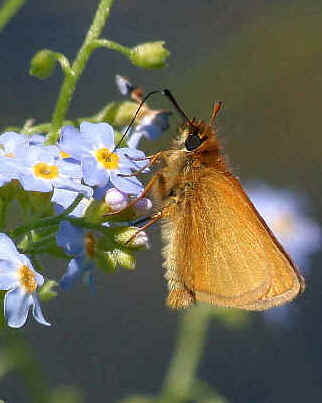

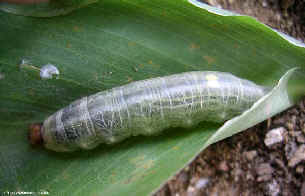
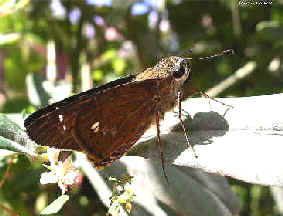
Mary's Giant-Skipper
______ (PW:44) (K:363)
(in TX, in the west)
Agathymus mariae
Coahuila
Giant-Skipper ______
(PW:44) (K:363)
(in TX, in the
southwest)
Agathymus remingtoni
Genus STALLINGSIA
Manfreda
Giant-Skipper ______
(PE:39) (PW:44) (K:363)
(a Mexican species, in TX only in the far-south where it is quite
rare)
Stallingsia maculosa
To Top of Page.